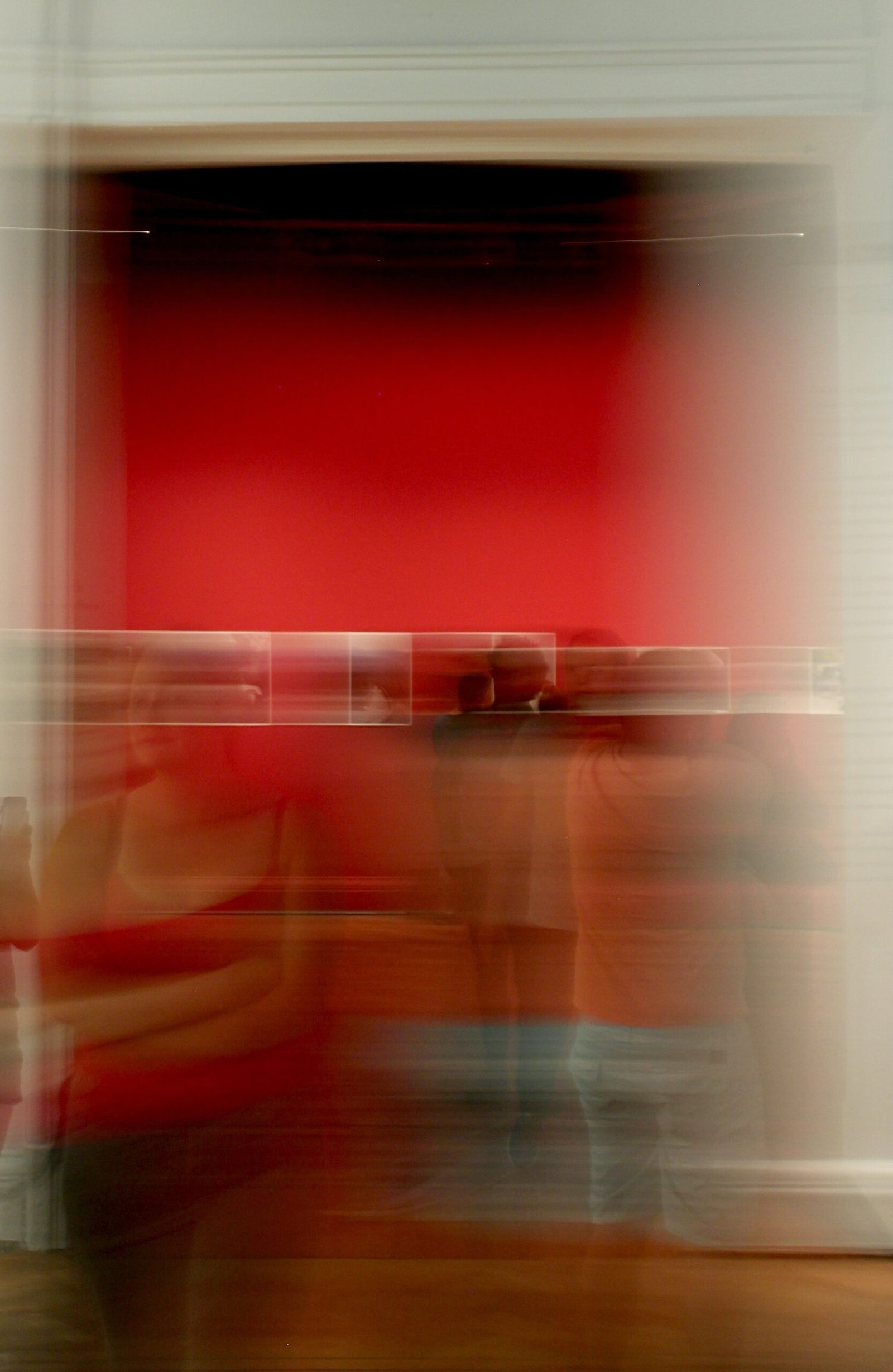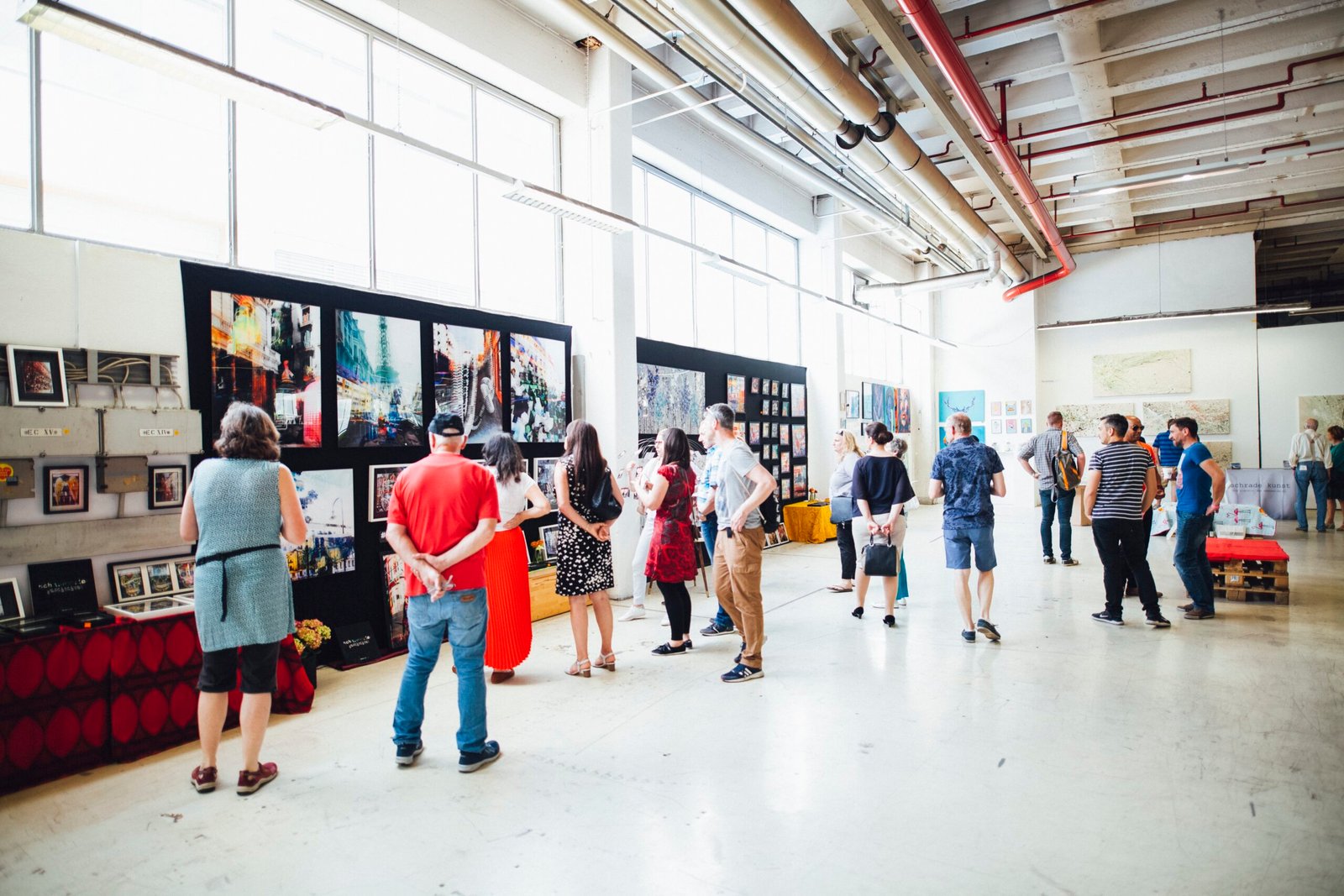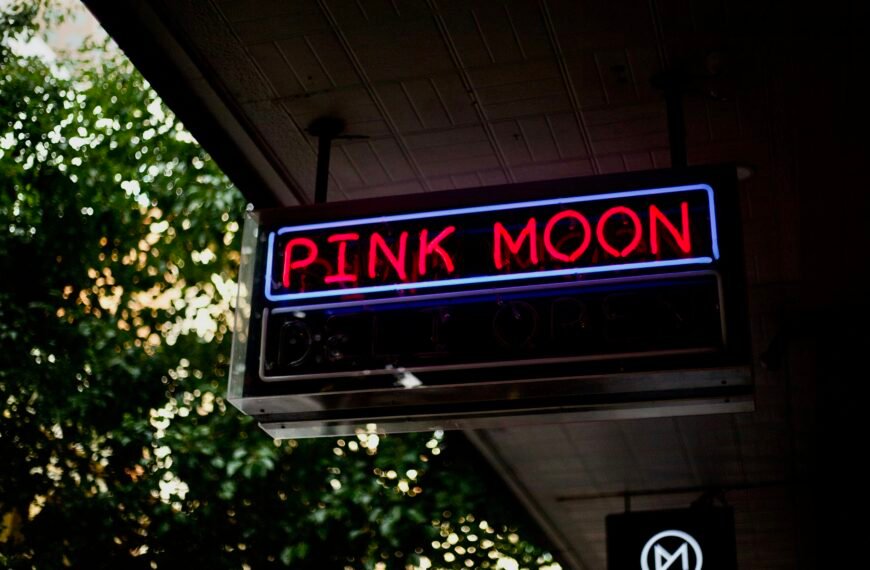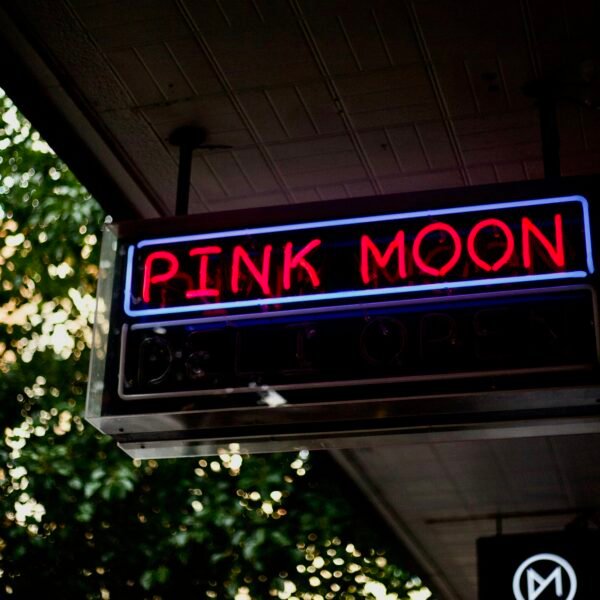Step into the world of Jeffrey Gibson, an Indigenous artist representing the United States at the prestigious Venice Biennale. With the daunting task of raising the funds necessary to cover the expenses for housing and installing his exhibition at the U.S. Pavilion, Gibson has turned to private support. In a collaborative effort, a coalition of curators, gallerists, collectors, and philanthropists are working tirelessly to secure the much-needed donations. However, the rising costs and lack of government sponsorship have raised ethical concerns among some curators. Despite these challenges, the commissioners of Gibson’s exhibition remain confident in their ability to rally support and ensure his captivating vision comes to life in Venice.
Background of Jeffrey Gibson’s Exhibition at the U.S. Pavilion
The U.S. Pavilion at the Venice Biennale is a significant platform for artists to showcase their work on an international stage. Jeffrey Gibson, an Indigenous artist, has been selected to represent the United States at this prestigious event. However, along with this honor comes the responsibility of raising funds to cover the expenses of housing and installing his exhibition.
Representation of the United States at the Venice Biennale
The Venice Biennale is one of the most prestigious contemporary art exhibitions in the world, and each country has the opportunity to represent itself in its national pavilion. This provides a platform for artists to share their work with a global audience and helps shape international perceptions of a country’s artistic and cultural landscape.
For Gibson, being chosen as the representative of the United States is a tremendous opportunity to showcase the beauty and diversity of Indigenous art. It also highlights the importance of Indigenous voices in the contemporary art scene and promotes cultural exchange and understanding.
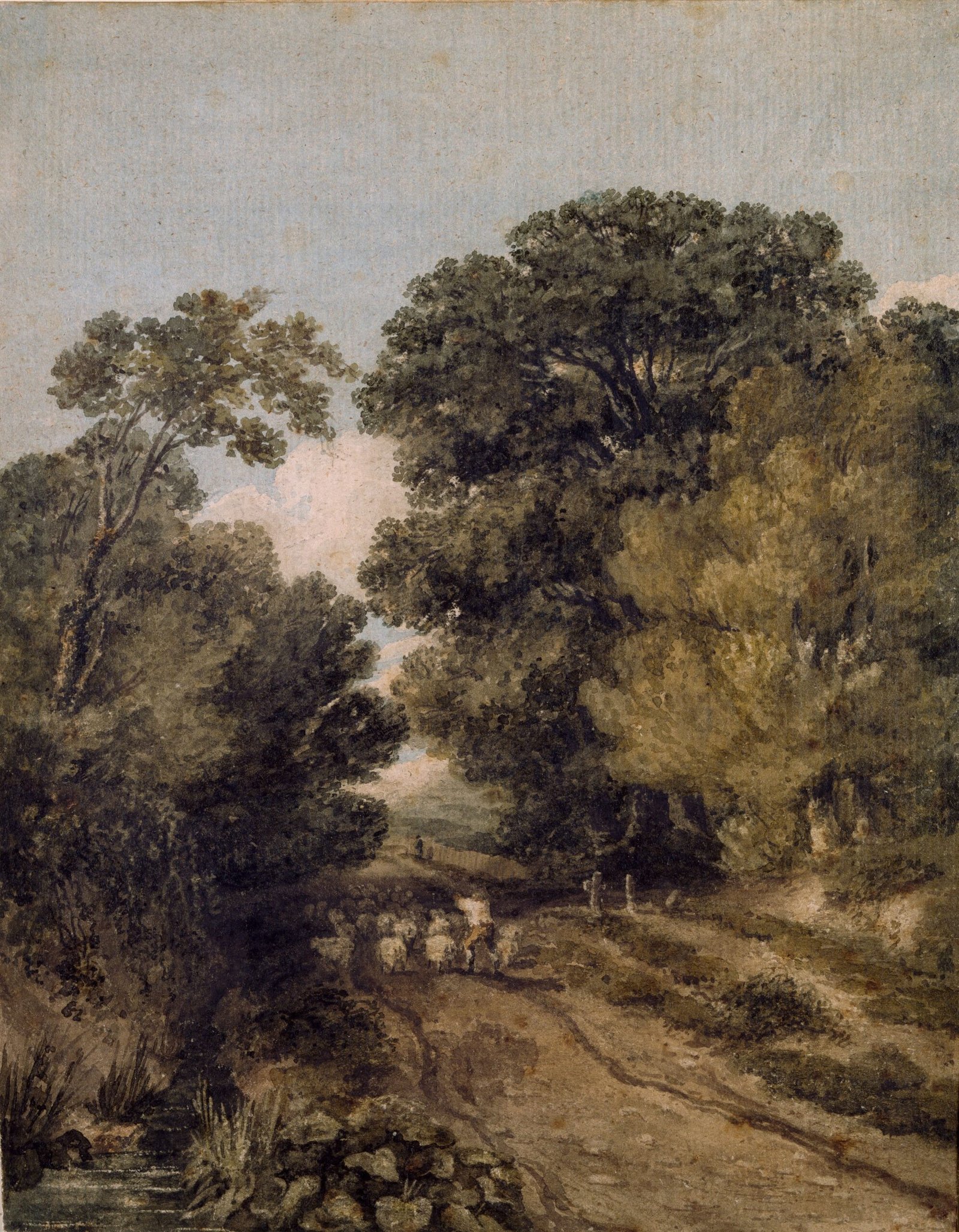
Financial challenges faced by Jeffrey Gibson
While the honor of representing the United States at the Venice Biennale is undeniable, it also presents significant financial challenges. The government will only provide a mere 7.5 percent of the projected cost of the show, leaving Gibson and his team to rely heavily on private support. With the costs of housing, installation, transportation, and other logistical expenses, the financial burden can be overwhelming.
Efforts to Secure Private Support
Recognizing the importance of private support in funding Jeffrey Gibson’s exhibition, a coalition of curators, gallerists, collectors, and philanthropists has come together to help raise the necessary funds. This diverse group brings together individuals with a shared interest in promoting the arts and supporting talented artists like Gibson.
One of the strategies employed by the coalition is soliciting donations from collectors and foundations. Letters have been sent to potential donors, outlining the importance of Gibson’s exhibition and requesting contributions of $60,000 or $125,000. These donations are then funneled through the Portland Museum to the Venice Biennale, ensuring that the funds are allocated appropriately.
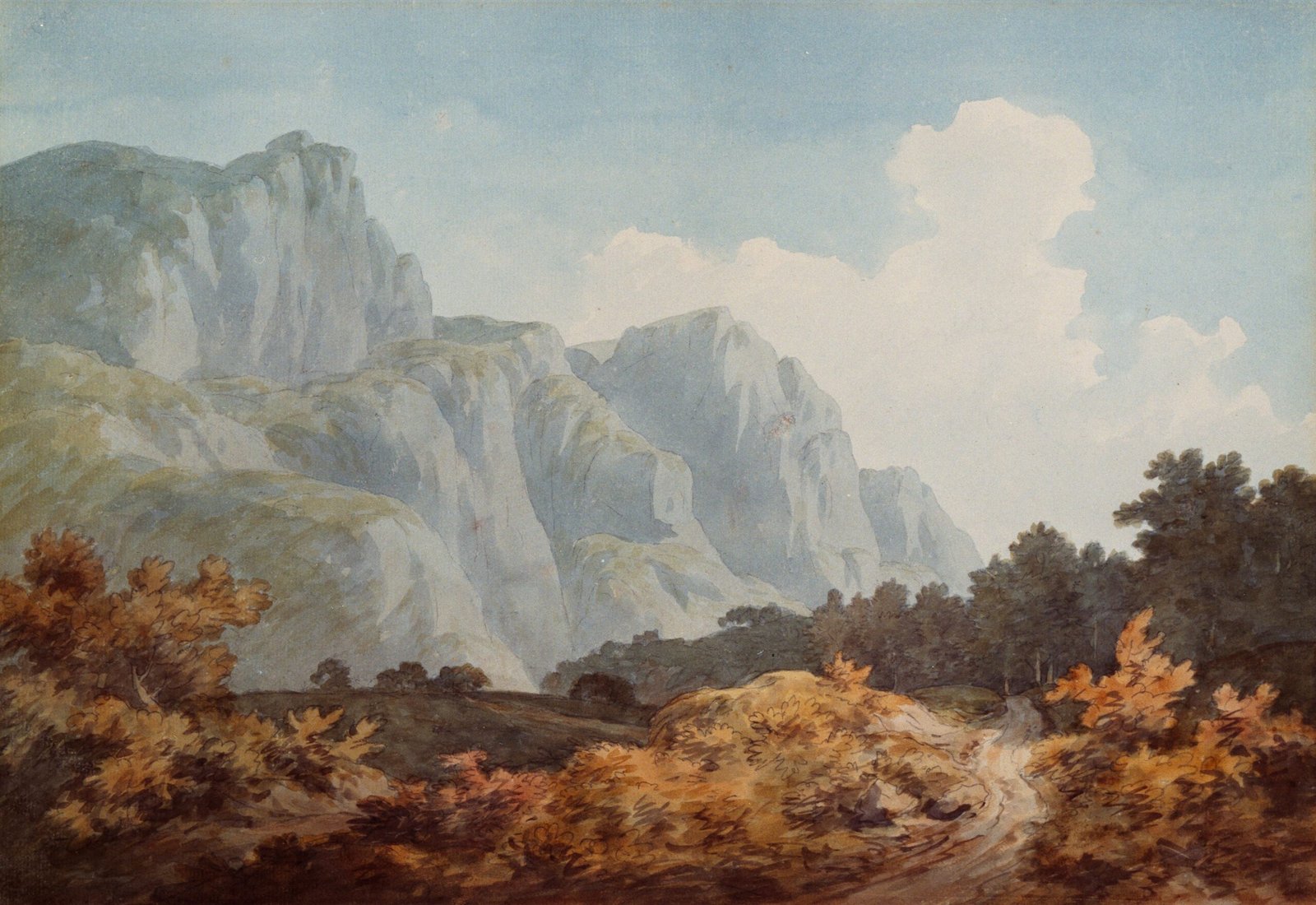
Amounts sought for donations
The targeted amounts for donations, $60,000 and $125,000, reflect the scale and scope of the expenses associated with Gibson’s exhibition. These funds cover various aspects, ranging from transporting and installing artworks to accommodation arrangements for the artist and his team. The coalition understands the significance of these donations and hopes that philanthropists and collectors will recognize their role in supporting the arts.
Government Support and its Limitations
While private support plays a crucial role in financing the exhibition, it is important to acknowledge the government’s contribution as well. The government has committed to providing 7.5 percent of the projected exhibition costs. While this support is appreciated, it falls significantly short of covering the expenses incurred by Gibson and his team. The rising costs of representing the United States at the Biennale have not been matched by government sponsorship, necessitating the reliance on private funds.

Insufficient government funding
The limited financial support from the government poses various challenges for Gibson and his team. It necessitates creative and strategic fundraising efforts to make up for the shortfall. The burden of securing private support falls on the shoulders of the coalition, who understand the importance of ensuring that Gibson’s vision can be realized to its fullest extent.
Implications of private-sector support
Private-sector support brings with it both challenges and benefits. On the one hand, it allows for greater financial flexibility and the ability to cover the necessary expenses. It also demonstrates a strong commitment from individuals and organizations outside of the government to support the arts and promote cultural representation.
However, the reliance on private support raises ethical concerns for some curators. It raises questions about whether private funding will influence curatorial decisions and compromise the integrity of the exhibition. Curators must navigate this delicate balance between financial support and maintaining artistic integrity, ensuring that the exhibition remains a true representation of Gibson’s artistic vision.
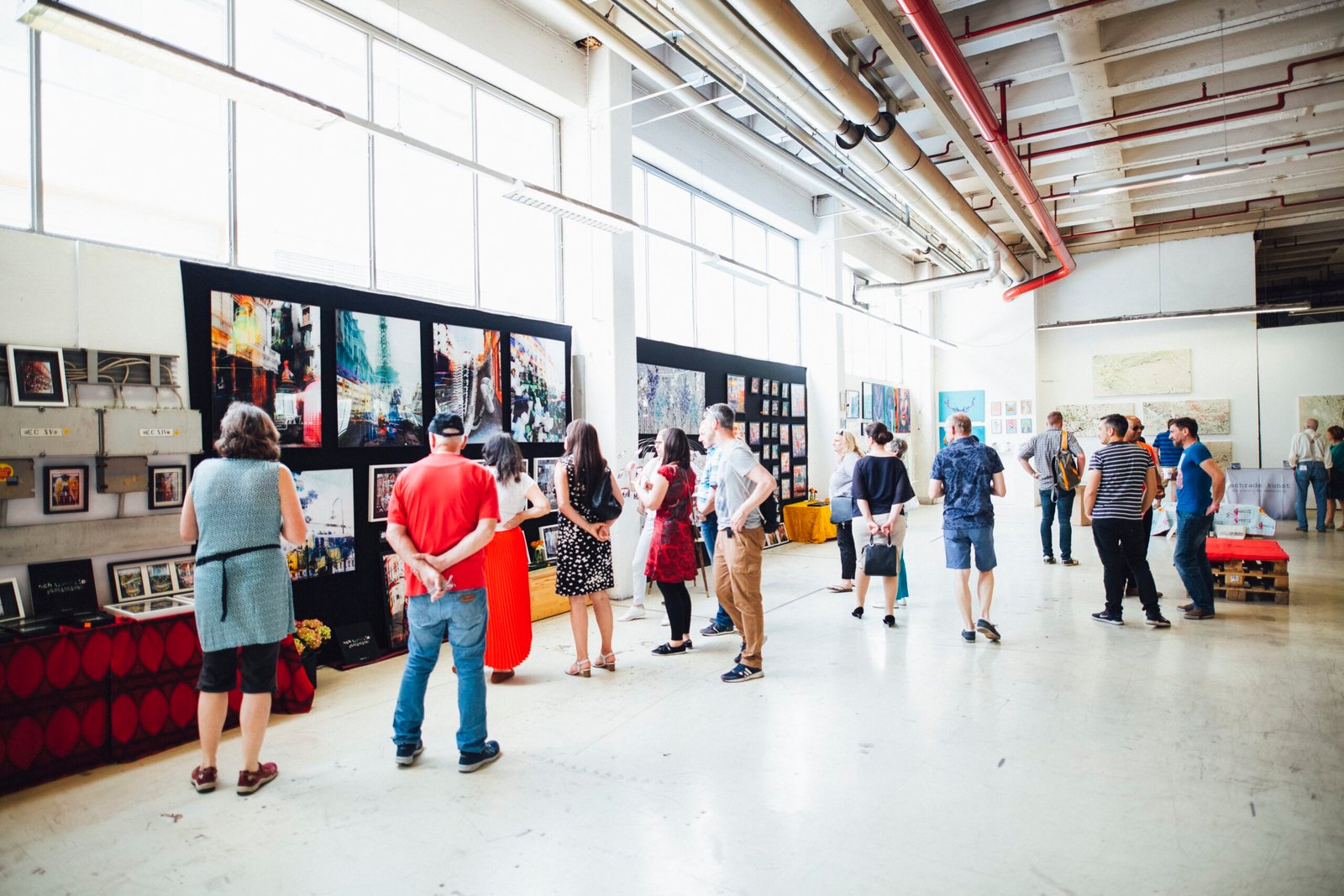
Challenges and Benefits of Private-Sector Support
While private support is critical in funding Gibson’s exhibition, it is important to recognize the challenges it presents. One significant challenge is the limited number of artists who have access to dealer support, which can afford the costs associated with organizing an exhibition at the U.S. Pavilion. This disparity in access to resources highlights the need for continued efforts to promote diversity and inclusion in the art world.
However, private-sector support also brings several benefits. It allows artists like Gibson to have the opportunity to present their work on a global scale, fostering international exposure and recognition. Additionally, it showcases the strength of private individuals and organizations in supporting artists and promoting cultural exchange.
Time Constraints and Confidence in Fundraising
The COVID-19 pandemic and a late selection cycle have presented time constraints for Gibson’s exhibition. The shortened preparation time poses additional challenges in raising the necessary funds. However, despite these time constraints, the commissioners of Gibson’s exhibition are confident in their ability to secure the required financial support.
The coalition’s efforts, along with the support and enthusiasm of the art community, provide optimism for the successful fundraising campaign. The belief in Gibson’s talent and vision fuels the confidence in raising the necessary funds and ensures that his exhibition at the U.S. Pavilion will be a resounding success.
In conclusion, Jeffrey Gibson’s representation of the United States at the Venice Biennale is a significant milestone for both the artist and the country. However, the financial challenges associated with the exhibition necessitate extensive efforts to secure private support. The coalition of curators, gallerists, collectors, and philanthropists plays a crucial role in fundraising, ensuring that Gibson’s vision can be fully realized. While private-sector support brings ethical concerns, it also offers the opportunity for artists to showcase their work on an international stage. Despite time constraints, the commissioners of Gibson’s exhibition remain confident in their ability to raise the necessary funds, paving the way for a successful and impactful showcase of Indigenous art at the Venice Biennale.
